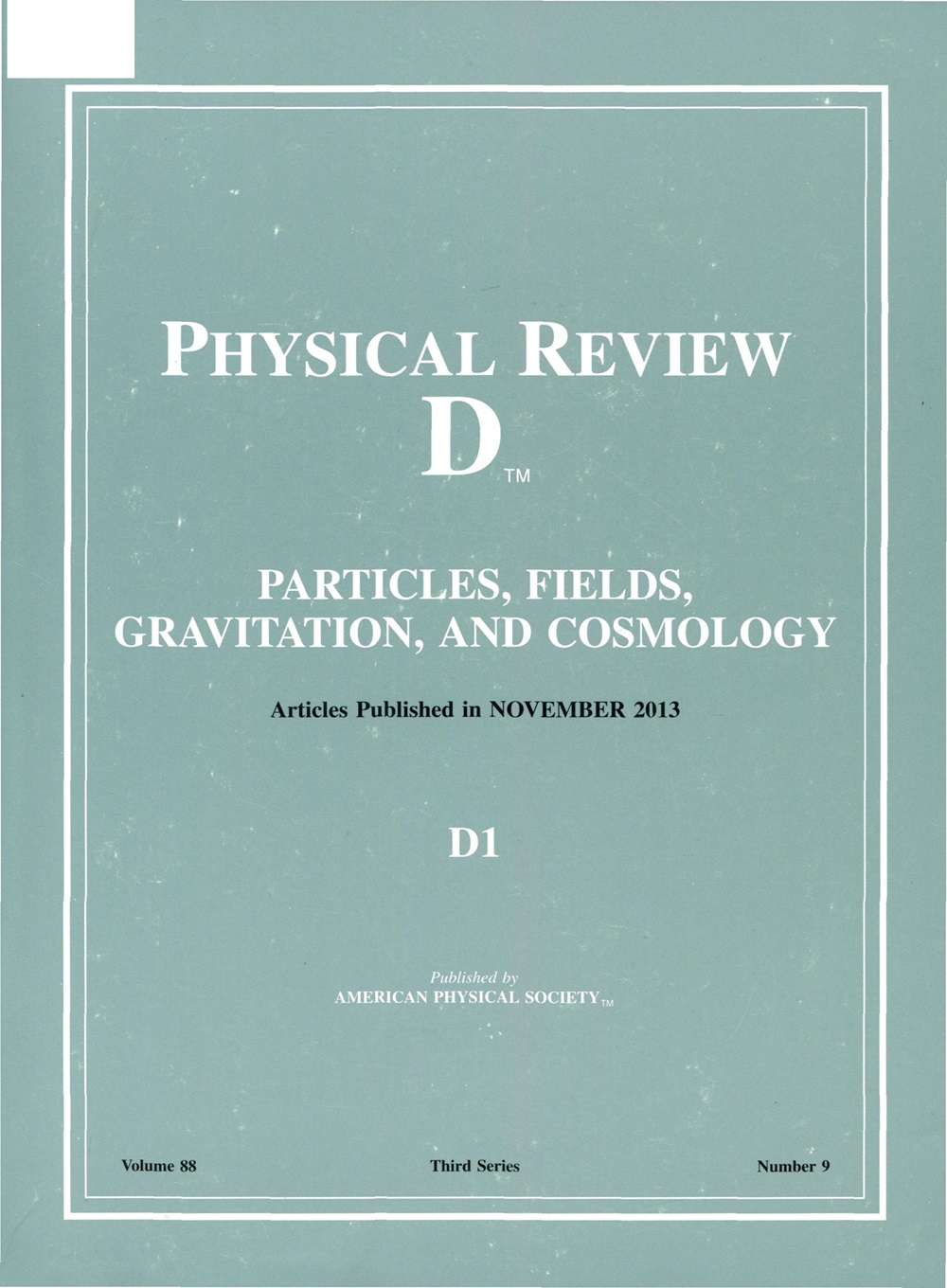Detecting gravitational wave anisotropies from supermassive black hole binaries
IF 5
2区 物理与天体物理
Q1 Physics and Astronomy
引用次数: 0
Abstract
Several pulsar timing array (PTA) collaborations have recently found evidence for a gravitational wave background (GWB) permeating our Galaxy. The origin of this background is still unknown. Indeed, while the gravitational wave emission from inspiraling supermassive black hole binaries (SMBHB) is the primary candidate for its origin, several cosmological sources have also been proposed. One distinctive feature of SMBHB-generated backgrounds is the presence of GWB anisotropies stemming from the binaries distribution in the local Universe. However, none of the anisotropy searches performed to date reported a detection. In this work, we show that the lack of anisotropy detection is not currently in tension with a SMBHB origin of the background. We accomplish this by calculating the probability for present and future PTAs to observe deviations from an isotropic GWB. We find that a PTA with the noise characteristics of the NANOGrav 15-year data set had only a 2%–11% probability of detecting deviations from isotropy in an SMBHB-generated GWB, depending on the properties of the SMBHB population. However, we estimate that for the IPTA DR3 data set these probabilities will increase to 4%–28%, putting more pressure on the SMBHB interpretation in case of a null detection. We also identify SMBHB populations that are more likely to produce significant deviations from isotropy. This information could be used together with the spectral properties of the GWB to characterize the SMBHB population.求助全文
约1分钟内获得全文
求助全文
来源期刊

Physical Review D
物理-天文与天体物理
CiteScore
9.20
自引率
36.00%
发文量
0
审稿时长
2 months
期刊介绍:
Physical Review D (PRD) is a leading journal in elementary particle physics, field theory, gravitation, and cosmology and is one of the top-cited journals in high-energy physics.
PRD covers experimental and theoretical results in all aspects of particle physics, field theory, gravitation and cosmology, including:
Particle physics experiments,
Electroweak interactions,
Strong interactions,
Lattice field theories, lattice QCD,
Beyond the standard model physics,
Phenomenological aspects of field theory, general methods,
Gravity, cosmology, cosmic rays,
Astrophysics and astroparticle physics,
General relativity,
Formal aspects of field theory, field theory in curved space,
String theory, quantum gravity, gauge/gravity duality.
 求助内容:
求助内容: 应助结果提醒方式:
应助结果提醒方式:


